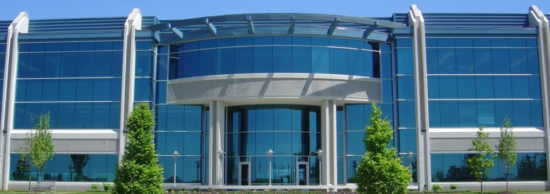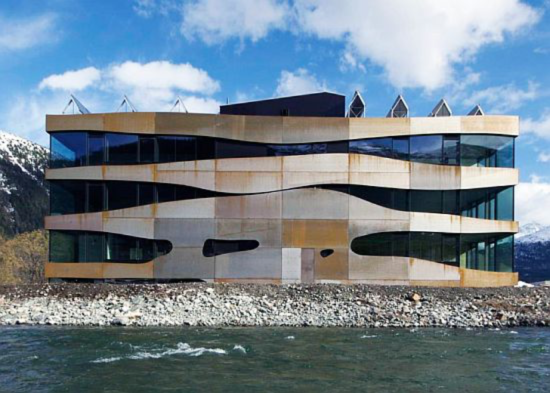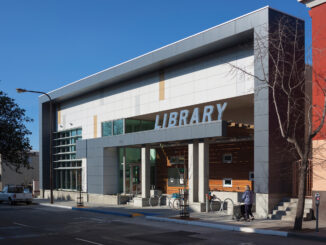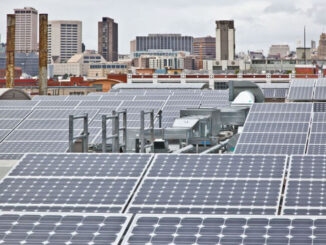Editor’s Note: Contributing author Megan Ray Nichols created and writes for her own blog Schooled by Science.
Green building practices and materials are growing in popularity in the United States as well as throughout the world. Indeed, given the increasing need for sustainability and the finite nature of the world’s resources, almost all buildings will have to be built green.
What does it mean to build green? It means building with plans, materials, and practices that reduce the use of finite resources such as coal for energy generation and water for all uses. Green buildings will help minimize carbon footprint and consequently carbon emissions and greenhouse gases which are likely responsible for climate change. Green buildings can minimize environmental impact, harmonize with the environment, and prioritize energy efficiency and sustainability.

Environmental Benefits of Building Green
With a recent emphasis on environmental sustainability, carbon footprint reduction, and recycling, the construction industry has seen an explosion of growth as related to environmentally friendly building materials. In fact, the global market for green construction materials topped an estimated $156 billion in 2014 alone.
Office buildings in the United States currently are responsible for 36 percent of total energy demand. They use 68 percent of electricity generated in the country, half of which is from coal, which is a pollutant. Office buildings use 24 percent of water in the country. Water is in particularly short supply in areas of the western United States. California is in serious drought conditions that are affecting its long-term ground water throughout the state.

Using green building materials isn’t the only way one can cut down on energy consumption. Contractors and architects can also make use of green energy sources to provide or supplement power for their projects. Solar energy, for example, is a renewable source of energy, sustainable, and has no carbon emissions. To minimize solar heat gain, exterior elements can be made with industrial fiberglass grating, which is impervious to rust. For example, UC San Diego applied industrial fiberglass grating, along with other materials, on their LEED Platinum apartment complex, the Charles David Keeling Apartments.
Other green building measures include: smart energy switches which keep lights off until people are sensed in a room; and recycled greywater and rainwater that can replace fresh potable water in toilets. Energy Star-rated office equipment can be selected to help minimize energy usage. Buildings can be sited with trees so that their shade can to some degree reduce the need for air conditioning.
Economic Benefits of Building Green
Although the idea that green buildings are more expensive than standard buildings persist, green buildings in fact have the potential to save money. The design to minimize energy, electricity, and water consumption in buildings, for example, can result in utility bills that are less than comparable bills for building designed to regular standards.
Green building materials’ reputation as more expensive than standard non-green materials may stem from the initial cost outlay. Often times they are indeed more expensive, but often times they are also comparable in pricing.

In most cases, amortized over time, the cost of a green building can be considerably less than that of a standard non-green building. The initial cost of green building measures such as a solar photovoltaic system, and energy efficient lighting and heating can be offset by the savings in energy bills over a 10- to 15-year time span. Overall, smart green buildings will eventually recoup their costs as well.
There are other long-term economic advantages to building green. As time goes on, the necessity of green, sustainable building practices is likely to become increasingly apparent. The depletion of resources such as water and the effects of global warming will become more visible to more people. That is likely to increase the demand for green buildings. Buildings built to be green will rise in value both in overall costs and in rental per square foot.
In addition, it is likely that existing buildings will be modified to take advantage of green energy and smart green building methods, which, in turn, will increase their property values and rental potential.
Green building will only be increasingly from here on in. Green building, which focuses on sustainability, conservation and efficiency in using resources, has considerable benefits both for the environment and for the economy.





Be the first to comment